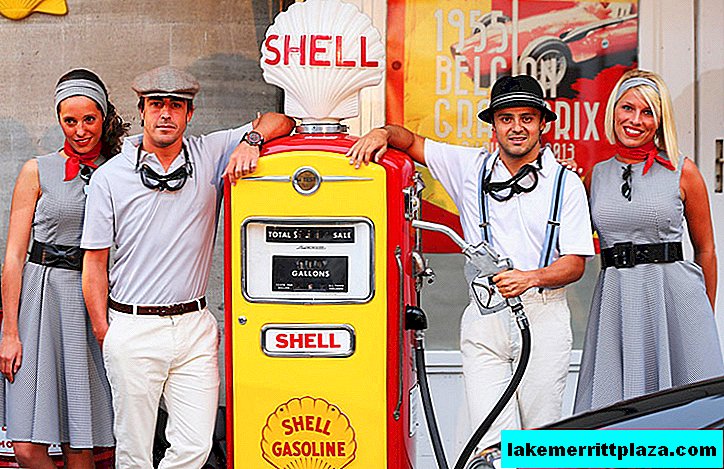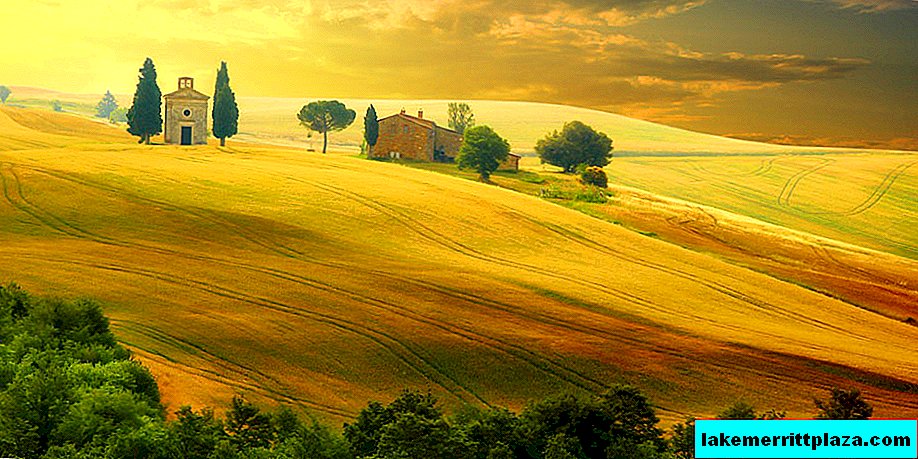The Prosecutor Pontius Pilate escorted Jesus Christ to the court of stairs. Today, many pilgrims climb it on their knees with prayers. The climb is hard and not fast. There are a lot of people and it’s impossible to get through quickly. See for yourself how much you need to go there, and if necessary, how?

The sculptures "Kiss of Judah" and "The Court of Pilate" at the foot of the Holy Stairs, photo by Alvaro de Alvariis
History tour
The first mention of the legendary shrine of Scala Santa is found in the 9th century Popes Book. The book says that the staircase was received as a gift by the bishop of Rome from the mother of the Roman emperor Constantine I St. Elena. The Queen, already at an advanced age, personally tracked down the relic in Jerusalem. It was along these 28 steps that Jesus ascended to Pilate. The Savior, in a crown of thorns, walked up the stairs on the day of execution, and his blood fell on stone steps.
St. Helena ordered to transport the precious find to Rome. In 326, the relic was installed in the residence of the popes at Lateran Cathedral. Then it was called Scala Pilati - "Pilate's staircase".

This building houses one of the most important relics of Christianity, photo Alvaro de Alvariis
The holy staircase became part of the Lateran Palace, which served as a papal residence for ten centuries. The majestic palace burned down in 1307. Little has been preserved from the building: the Chapel of the Saints (Sancta Sanctorum), the refectory and the staircase Scala Pilati.

Papal chapel of st. Lawrence (Cappella di San Lorenzo) with a magnificent mosaic photo buonocontutti
Almost three centuries after the devastating fire, the reconstruction of the burnt building was carried out. The surviving relic was moved to the chapel of Sancto Sanctorum - a personal chapel of popes dedicated to the Holy Lawrence (Cappella di San Lorenzo) (this is across the road from San Giovanni in Laterano). The steps were moved alternately, very carefully. They were installed in a new place during the night. They mounted the stairs, starting from above, so that the workers would not trample the steps and defile the shrine.
Rules for climbing the Holy Staircase
The mass pilgrimage to Lateran hill continues from that time. The stairs, which became known as Scala Santa, can still not be stepped on. Believers rise on their knees, continuously praying - the Pope also does. By the XVIII century, because of the huge number of people, the relic steps were worn out - they were covered with walnut plank flooring. Those places on steps 2, 11 and 28, on which the blood of Christ was shed, are today visible through the round glass windows in the flooring.
On the ancient steps, Catholics offer "Prayers when climbing the Holy Staircase", and Orthodox - Akathist to the Passion of Christ.

Acheiropoietos - an icon created by a non-human hand depicting Christ (VI-VII centuries), photo Alvaro de Alvariis
If no sins are observed for you, then you can get to Sanctuary Sanctorum in a more comfortable way - climb the usual stairs. On the sides of the Holy Steps there are two ordinary ones. In the chapel you will see the frescoes of the 13th century and Acheiropoietos - an icon created by a non-human hand depicting Christ (VI-VII centuries).
At the foot of the shrine are the statues “Judgment of Pilate” and “Kiss of Judah,” the work of Alberto Giacometti, created in the twentieth century. Behind the last step there is a platform with a window closed by a grate - through it you can see the interior of the Holy of Holies chapel.
Where is the holy staircase
The Holy Staircase is located on Lateran Hill at the Cathedral of St. John the Baptist. This is a gray inexpressive building, which unprepared tourists do not even notice and pass through, and after all, one of the most important Christian relics is stored there.

On the Holy Steps, photo by Theresa Sismilich
How to get there
Take the metro to S. Giovanni Station.








